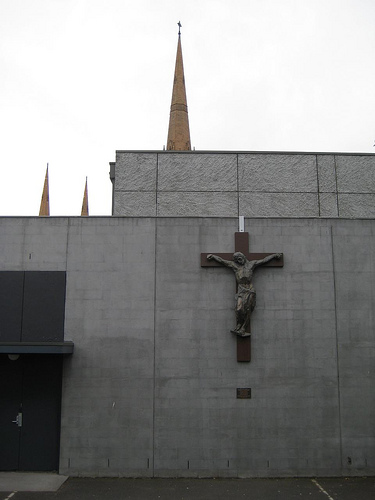In simple terms, the human spine consists of bones (vertebrae), the spinal cord, nerves, and intervertebral discs. The spinal cord is about 18 inches in length and extends from the base of the brain, surrounded by the vertebral bodies, down the middle of the back, to about the waist. The nerves branch out from the spinal cord to carry signals throughout the body.
Intervertebral discs, composed of a gel-like substance (nucleus pulposus) contained within an outer skin (anulus fibrosus), sit between the bony vertebrae. They act as shock absorbers between the vertebrae and allow the spine to be flexible. The spinal cord runs parallel to the intervertebral discs within the spinal column.
Healthy intervertebral discs pose no threat to the spinal cord and nerve roots. However, trauma associated with accidents (slip & fall; motor vehicle crashes) may cause the nucleus pulposus to bulge or herniate (rupture). A bulge is when the nucleus pulposus becomes distorted but remains contained within the anulus fibrosis. A herniation is when the nucleus pulposus breaks through the anulus fibrosis.
Continue reading
 Florida Injury Attorney Blawg
Florida Injury Attorney Blawg


